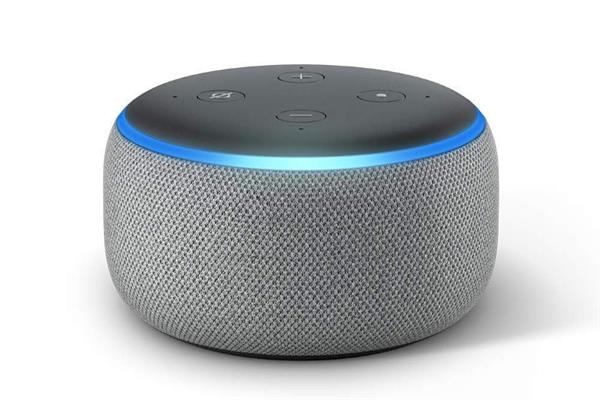THE FUTURE OF TECHNOLOGY: ALEXA COULD SAVE YOU FROM A HEART ATTACK
India roughly constitutes for 1/5th deaths caused globally by cardiovascular attacks. Out-of-hospital cardiac arrest (OHCA) is considered the leading cause of death throughout the world. But thanks to the University of Washington for creating this tool to combat cardiac arrests.
The University of Washington has created a new tool which constantly monitors its surroundings for signs of gasping sound known as agonal breathing. Called the support vector machine (SVM), it can continuously monitor its surroundings for signs of a heart attack and call for help if something appears to have gone wrong
“The good news is that if you can detect these agonal breathing sounds, you can almost double or triple someone’s chance of survival if you’re going to give them immediate CPR,” Shyam Gollakota, a professor at the University of Washington and one of the authors on the study.
“We envision a contactless system that works by continuously and passively monitoring the bedroom for an agonal breathing event, and alerts anyone nearby to come provide CPR. And then if there’s no response, the device can automatically call 911,” He added.
In the process of obtaining audio for their algorithm, the researchers relied on real 911 calls of cardiac arrests. A total of 236 agonal breaths were extracted and then they were re-captured through smartphones and smart speakers with other household sounds like sounds of snoring, AC, pet sounds. The researchers then used machine learning techniques to grow the number of heart attack-indicating breaths to more than 7,000. For the control group, they used 83 hours of audio data from sleep studies to derive 7,305 sound bytes of normal sleep sounds.
The machine learning algorithm was then put to the test. The tool correctly identified the telltale gasping breath 97 percent of the time. The ordinary sleeping sounds were misclassified 0.14 percent of the time.
The worldwide launch of this service is still to be seen. It is still one of the most remarkable technologies that will become indispensable for millions of people in the future.




